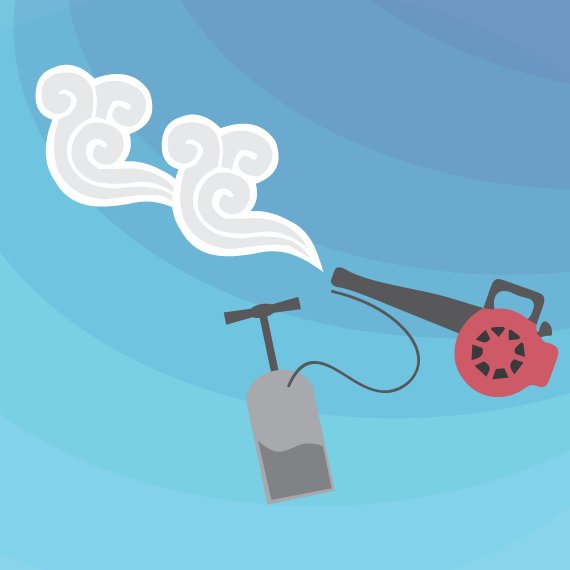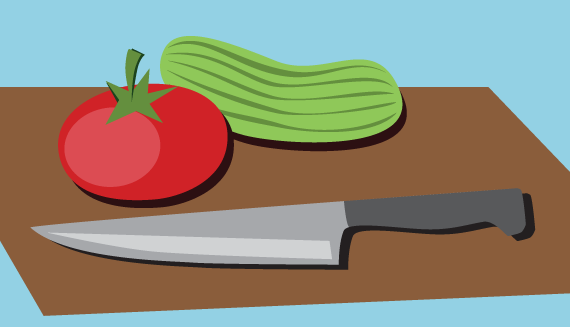Well, September is here, and with the new month comes the very first issue of Iowa Decanted! Needless to say, I’m absolutely thrilled about it’s release. It’s been a wonderfully hectic couple of months leading up to this point, and though I’ve enjoyed every moment, it’s good to turn the page and move onto the next chapter. And, like any good story worth reading, the next chapter will only get better.
You’ll notice as you navigate through our site that we’re doing things a bit different than the average online publication. One of the things you’ll probably notice first is the fact that we are ad-free. The next might be the fact that everything on the site is free and open to the public. Our reasons for doing this are both aesthetic (nobody likes those pesky ads crowding website, right?) and ideological – and we believe that doing it this way will only make our readers’ experience that much better. You might be wondering right about now how we’re going to manage to sustain this publication if we aren’t pursuing those traditional routes of income; time is money, after all, and it takes a lot of time to produce a monthly magazine.
‘Generosity 1.0’ is what we came up with. It’s a philosophy which allows us to avoid any sticky ethical dilemmas and keeps us up and running. How well and how long it’ll last depends on one thing… you.
Head on over to our Support page to get the full picture.
The wine industry of Iowa is in a state of rapid evolution, and we’re thrilled to be in the position to help. Don’t be shy about navigating the site, and feel free to share the things you find with your friends, family, and colleagues. And, of course, if you have anything you’d like to share with us don’t be afraid to contact me directly at nick@iowadecanted.com. Our site is also in a state of evolution and feedback is always valued (albeit constructive feedback).
Before signing off, I’d like to express my utmost gratitude to my small team of collaborators and contributors. Without them this wouldn’t have happened. Thanks, team.
Cheers!
Nick Thornburg
founder, editor-in-chief


 A native of Shueyville, IA, Lauren Chalupsky-Cannon graduated from the University of Iowa and relocated to Scottsdale, AZ. She spent eight years working for Hyatt Resorts, where she developed a great passion for hospitality and wine. She pursued her wine studies through reading, tasting, and many trips to wine country.
A native of Shueyville, IA, Lauren Chalupsky-Cannon graduated from the University of Iowa and relocated to Scottsdale, AZ. She spent eight years working for Hyatt Resorts, where she developed a great passion for hospitality and wine. She pursued her wine studies through reading, tasting, and many trips to wine country.